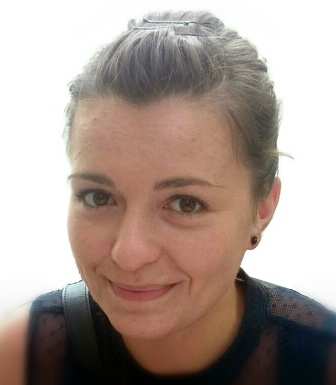By Agnieszka Sitarska
The life science industry is constantly fighting to improve throughput and reduce costs through the ‘industrialization’ of research and development. You have to strike a balance between moving quickly (productivity) and ensuring that you are actually moving in the right direction (quality). Lab automation, including automated liquid handling, plays an essential role in ramping up productivity. Ensuring high quality liquid handling is therefore the key to securing the reliable data you need to meet your program goals.

Pipetting accuracy and pipetting precision are quite different measures of quality.
Data quality depends on precision AND accuracy
Data quality is a function of both precision (low variation between replicates) and accuracy (obtaining a result as close to the true value as possible). While many laboratories concentrate on measuring precision, hitting a point with high consistency is good, but only if it is the correct point.

High data quality builds on high precision and high accuracy
The cost of inaccuracy in drug development
The effects of poor pipetting accuracy can strike throughout the drug development process. Poor accuracy in early screening can miss low potency compounds and important chemical scaffolds. Many protocols, such as IC50 determinations to evaluate drug efficacy and standard curve generation, typically include serial dilution of reagents or compounds. These dilutions can be streamlined using automated liquid handling, but inaccurate dispensing can propagate error with each sequential serial dilution step, and escalate the risk of serious errors. Low accuracy will also reduce the resolution of compounds with similar IC50s and may lead development down the wrong path.
The destructive consequences of inaccuracy increase during development as fewer compounds are tested more rigorously. As development progresses, assays must be transferred and this time-consuming process may be confounded by mismatches in the quality of liquid handling between departments.
Accuracy is vital, whatever your application
Inaccurate results can have major consequences in other areas, such as Next Generation Sequencing. The careful preparation of libraries, with many tedious and error-prone steps, is now a critical step. While automation of library preparation minimizes errors, reduces hands-on time, and enables higher throughput, performance ultimately relies on liquid handling accuracy and precision. Success in many NGS approaches builds on accurate and reproducible dispensing of carefully quantified library samples to ensure optimal cluster generation, and also controlled dispensing of small volumes of expensive reagents. Failure can result in time-consuming and expensive re-sequencing.
Similarly, inaccuracies in liquid handling when running cell-based assays can lead to variable results due to poor viability, cell death, and false cytotoxicity. Cells should be gently and evenly distributed from well to well or when preparing frozen aliquots.
Increasing regulatory demands
The increase in demands on quality and regulatory compliance means growing pressure to provide verification that equipment is meeting performance specifications. To aid this process, in 2015 the International Organization for Standardization (ISO) published a new document, ISO IWA 15, that describes standardized ways of determining the performance of automated liquid handling systems.
Securing the data quality you need – every day
No matter how reliable your instrument is, a regular QC should be part of your standard procedure for daily maintenance. We will look into how this can be achieved in the smoothest possible way in the next article in this series.
Further reading
Effect of liquid-handling accuracy on assay performance. Hentz NG and Knaide TR. J Lab Autom. 2014 Apr;19(2):153-62. doi: 10.1177/2211068213504095. Epub 2013 Sep 12. https://www.ncbi.nlm.nih.gov/pubmed/24029722
IWA 15:2015. Specification and method for the determination of performance of automated liquid handling systems. http://www.iso.org/iso/catalogue_detail.htm?csnumber=65552
About the author

Agnieszka Sitarska
Agnieszka Sitarska is a junior product manager for consumables at Tecan Männedorf. She studied Biotechnology at Jagiellonian University in Krakow, Poland, and completed her Master’s thesis at Novartis Institute for Biomedical Research in Basel, Switzerland. After her studies, she worked in the pharmaceutical industry, gaining experience in business support, before joining Tecan in July 2016.











